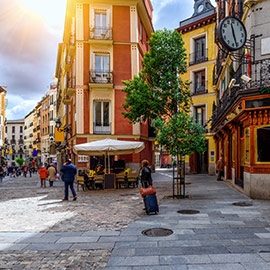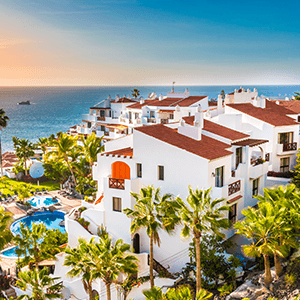enforex_pages_dest_learn_block_6db0636c-56cf-49b7-8fc0-b69eec455e74
Our Spanish courses in Seville are specially designed to fufill two functions: if you're completely new to Spanish, to enable you to start communicating in any Spanish-speaking environment; and if you're already familiar with the language, to improve your level and continue full speed ahead. That's why at don Quijote we offer Spanish classes in Seville adapted to every need of each student. Whatever your reason for studying Spanish in Seville is, our teachers will accompany you throughout your time in the city to give you the tools you need to develop your linguistic and communicative abilities. With intensive courses, official exam prep classes, private lessons, or whatever you need, don Quijote will always have the perfect option for you.
QUICK FACTS ABOUT OUR PROGRAMS





 in Spain
in Spain
 QUICK FACTS ABOUT MADRID
QUICK FACTS ABOUT MADRID












 in Spain
in Spain
 QUICK FACTS ABOUT GRANADA
QUICK FACTS ABOUT GRANADA